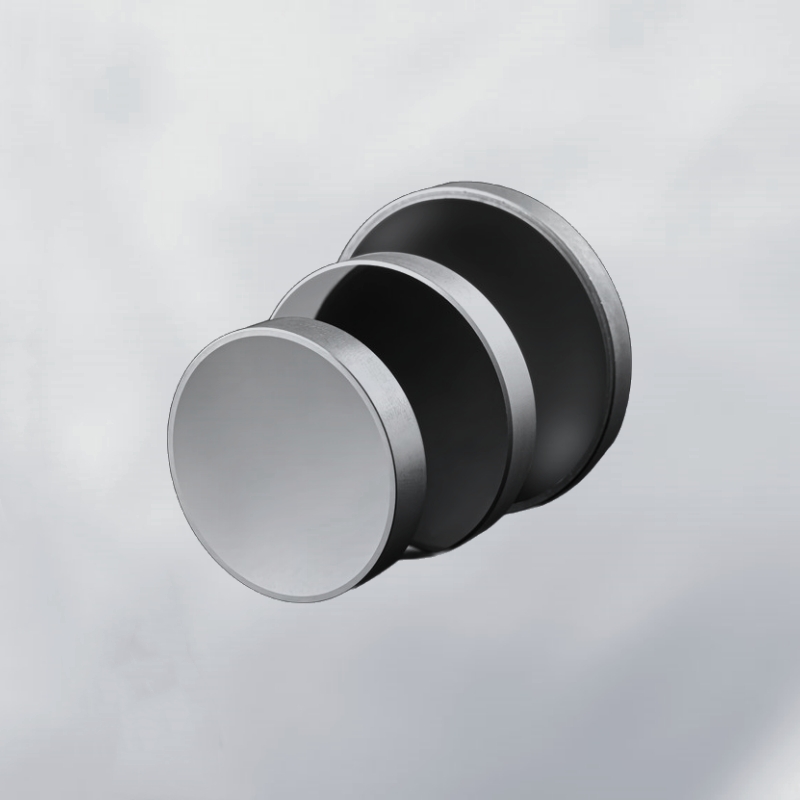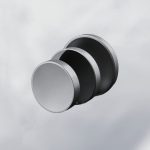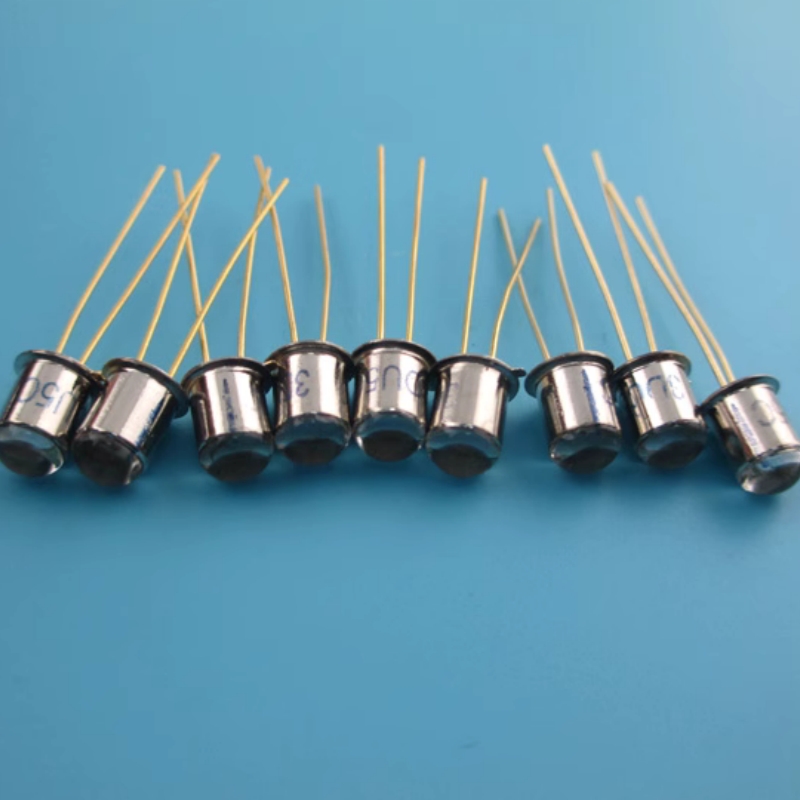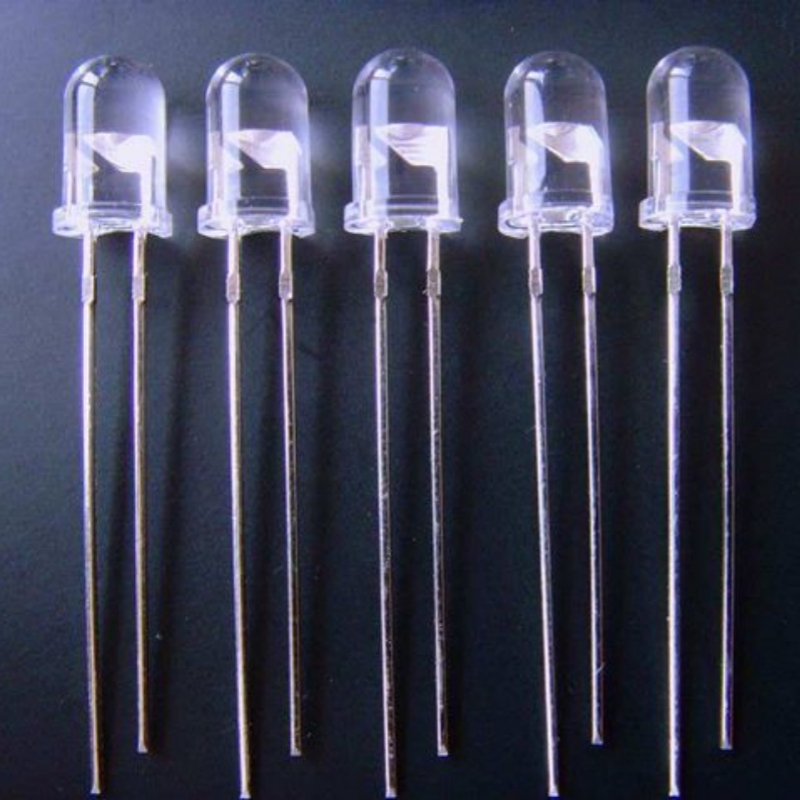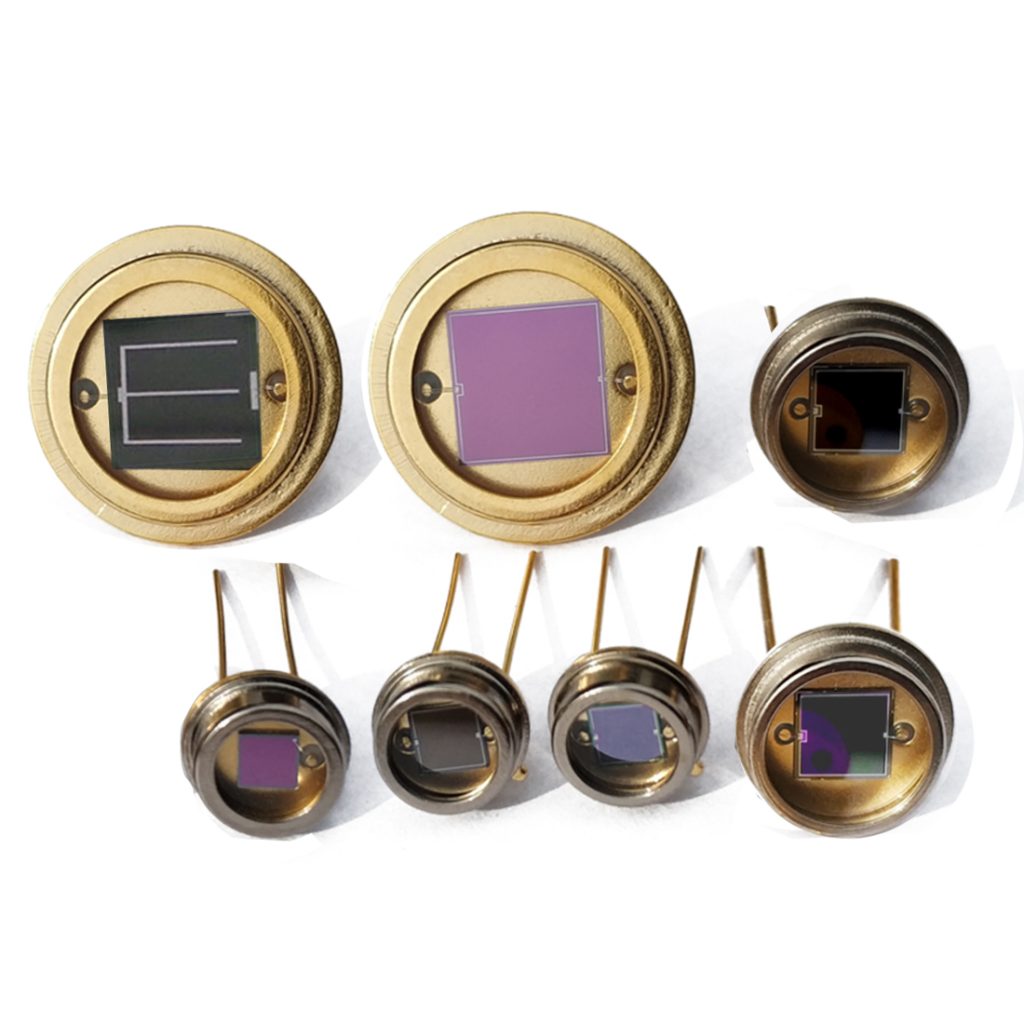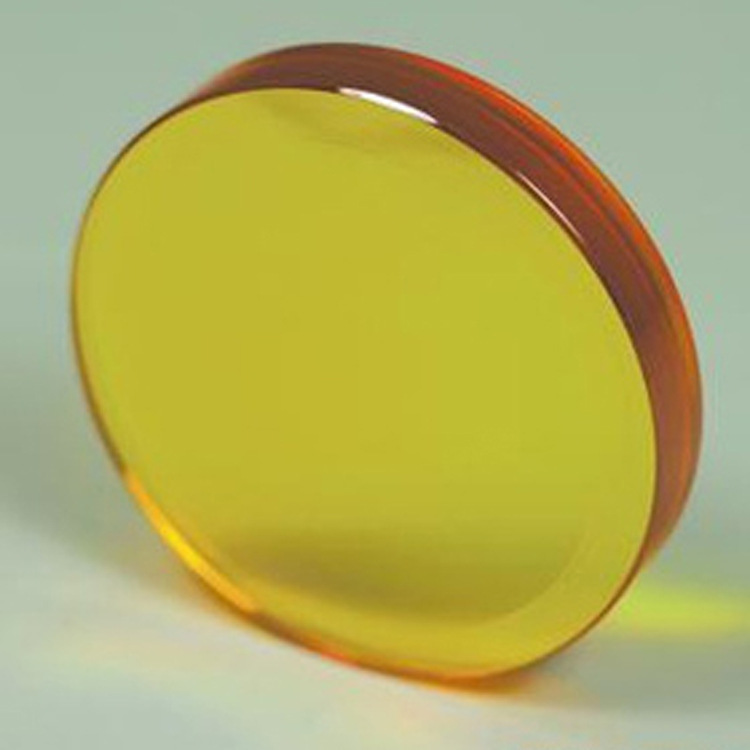Germanium double-concave lens is a high-performance optical component designed for controlled beam expansion, minimized spherical aberration, and superior infrared transmission. Manufactured from high-purity germanium, it offers exceptional optical clarity, strong resistance to environmental fluctuations, and reliable thermal stability. This precision lens is widely used in infrared imaging, laser optics, aerospace applications, and scientific instrumentation, ensuring optimal light manipulation and performance for advanced optical systems.
Product Overview
The Germanium (Ge) double-concave lens is an optical element with two inward-curved surfaces, typically made from high-purity germanium single crystal material. It is specifically designed for beam expansion, image reduction, and light projection applications. With a negative focal length, this lens effectively diverges parallel incident light. Germanium double-concave lenses are known for their excellent optical performance, including high optical transmission, low reflectivity, and strong chemical stability, making them highly suitable for infrared optical systems such as infrared imaging and spectrometer applications.
Key Features
- Negative Focal Length: The lens has a negative focal length, allowing it to diverge light beams, commonly used for beam expansion and projection.
- Excellent Optical Performance: It provides high transmission within the infrared spectrum (2-12 μm), making it ideal for infrared optical applications.
- High Mechanical Strength: Germanium is known for its excellent hardness and thermal conductivity, enhancing the lens's durability and stability.
- Chemical Stability: Germanium is insoluble in water and exhibits excellent resistance to environmental changes, ensuring long-term performance in harsh conditions.
- High Laser Damage Threshold: This lens can withstand higher laser power densities, making it well-suited for use in laser systems.
- Precision Manufacturing: The lens is manufactured with precision cutting and polishing techniques to ensure surface quality and optimal optical performance.
Applications
- Infrared Imaging Systems: Used as a key optical component in infrared imaging technologies to provide precise beam control.
- Infrared Spectrometers: Applied in infrared spectrometers to adjust the direction of light propagation, improving measurement accuracy.
- Laser Systems: Employed in laser beam expansion and projection systems to increase the divergence or focal length of the beam.
- Optical Systems: Widely used for beam expansion, collimation, and projection tasks, enhancing the overall optical performance of the system.
- Infrared Band Applications: Particularly suitable for infrared optical applications in the 2-12 μm wavelength range, providing excellent transmission and low reflectivity.
| Optical Property | Value |
| Transmission Range | 2-15 μm |
| Reflection Loss | 4.0028 @ 10.6 μm |
| Absorption Coefficient | 1.3 × 10⁻³ @ 3.8 μm |
| 3 × 10⁻² @ 10.6 μm | |
| Structure | Cubic Crystal System |
| Cleavage Planes | <111 |
| Physical Property | Value |
| Density | 5.33 g/cm³ |
| Melting Point | 936 ℃ |
| Thermal Conductivity | 58.61 W/(m·K) @ 293K |
| Thermal Expansion | 6.1 × 10⁻⁶/K @ 298K |
| Knoop Hardness | 780 kg/mm² |
| Specific Heat Capacity | 310 J/(kg·K) |
| Dielectric Constant | 16.6 @ 9.37 GHz |
| Young's Modulus | 102.7 GPa |
| Shear Modulus | 67 GPa |
| Bulk Modulus | 77.2 GPa |
| Poisson's Coefficient | 0.28 |
| Chemical Property | Value |
| Solubility | Insoluble |
| Molecular Weight | 72.61 g/mol |
| Property | Value |
| Diameter Range | 2-300mm |
| Focal Length | 15-5000mm |
| Thickness | 0.12-60mm |
| Surface Quality | 80-50, 60-40, 40-20, 20-10, 10-5 |
| Surface Flatness | λ/2, λ/4, λ/8, λ/10 |
| Clear Aperture | >90% |
| Coating | Customizable |
 new material
new material

